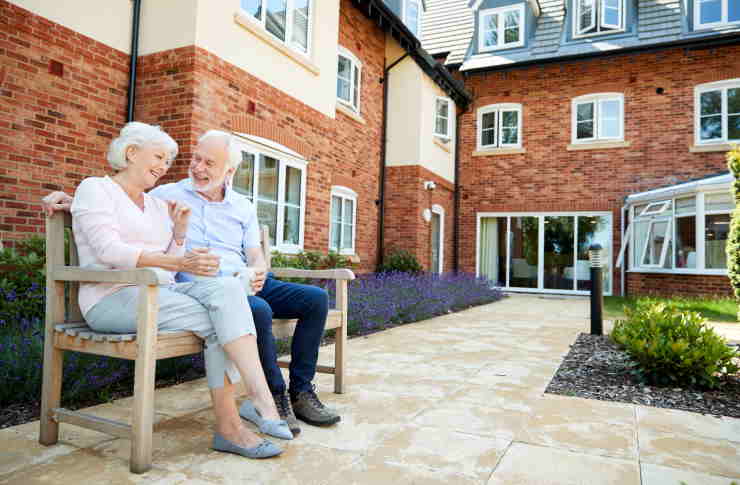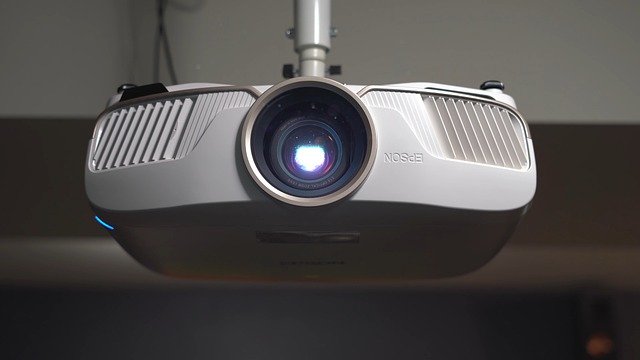Senior Apartments: A Comprehensive Guide to Housing Options for Older Adults
As we age, our housing needs often change. Senior apartments have emerged as a popular option for older adults seeking comfortable, safe, and often more manageable living spaces. These specialized residences cater to the unique requirements of seniors, offering a blend of independence and community support.

How do senior apartments differ from regular housing?
The key distinction between senior apartments and regular housing lies in their design and available services. Senior apartments often feature wider doorways, grab bars in bathrooms, and emergency call systems. Many complexes offer communal spaces for socializing, fitness centers, and organized activities. These features are specifically intended to support the physical and social well-being of older residents, creating an environment that promotes active aging and community engagement.
What amenities can seniors expect in these apartments?
Senior apartments typically offer a range of amenities to enhance residents’ quality of life. Common features include:
-
Accessibility modifications like step-free entryways and walk-in showers
-
On-site laundry facilities or in-unit washers and dryers
-
Community rooms for social gatherings and events
-
Fitness centers or exercise classes tailored for seniors
-
Transportation services for medical appointments and shopping trips
-
24-hour emergency response systems
-
Outdoor spaces such as gardens or walking paths
These amenities are designed to provide convenience, promote social interaction, and ensure safety for residents.
Are senior apartments considered affordable housing?
Senior apartments can vary widely in terms of cost and affordability. Some are operated as affordable housing units, subsidized by government programs or non-profit organizations to make them accessible to seniors with limited incomes. Others are market-rate properties that may be more expensive but offer additional luxury amenities.
| Type of Senior Apartment | Cost Range (Monthly) | Typical Amenities |
|---|---|---|
| Subsidized Housing | $300 - $800 | Basic amenities, income restrictions |
| Moderate Income | $800 - $1,500 | Standard amenities, some services |
| Market Rate | $1,500 - $3,500+ | Luxury amenities, comprehensive services |
Prices, rates, or cost estimates mentioned in this article are based on the latest available information but may change over time. Independent research is advised before making financial decisions.
The cost of senior apartments can vary significantly depending on location, amenities, and whether they are part of affordable housing initiatives or private market-rate developments. It’s important for seniors and their families to explore various options and understand the financial implications of each.
How do seniors qualify for these specialized apartments?
Qualification for senior apartments typically depends on age and sometimes income level. Most communities require at least one resident to be 55 or 62 years old, depending on the property’s specific guidelines. For affordable senior housing, there may be income restrictions to ensure the units are accessible to those who need them most.
To qualify, seniors may need to provide:
-
Proof of age (driver’s license, birth certificate, or passport)
-
Income verification (tax returns, social security statements)
-
References from previous landlords
-
Background check consent
It’s important to note that qualification criteria can vary between properties, so it’s advisable to check with individual apartment communities for their specific requirements.
What should seniors consider when choosing an apartment?
When selecting a senior apartment, several factors should be taken into account:
-
Location: Proximity to family, healthcare facilities, and amenities
-
Accessibility: Features that accommodate mobility issues or potential future needs
-
Community atmosphere: Social activities and opportunities for interaction
-
Services offered: Transportation, meal plans, housekeeping, etc.
-
Cost and financial considerations: Monthly rent, utilities, and any additional fees
-
Safety features: Emergency response systems, security measures
-
Pet policies: For seniors who have or want to keep pets
-
Lease terms: Understanding the agreement and any age or health-related stipulations
Seniors should visit multiple properties, talk to current residents if possible, and carefully review all agreements before making a decision. It’s also wise to consider future needs and choose a community that can accommodate changing health requirements over time.
Senior apartments offer a valuable housing option for older adults, combining the independence of apartment living with specialized features and services tailored to seniors’ needs. Whether seeking an affordable housing solution or a luxury retirement community, there are options available to suit various preferences and budgets. By carefully considering personal needs, financial capabilities, and desired amenities, seniors can find a living situation that supports their well-being and enhances their quality of life in their golden years.






